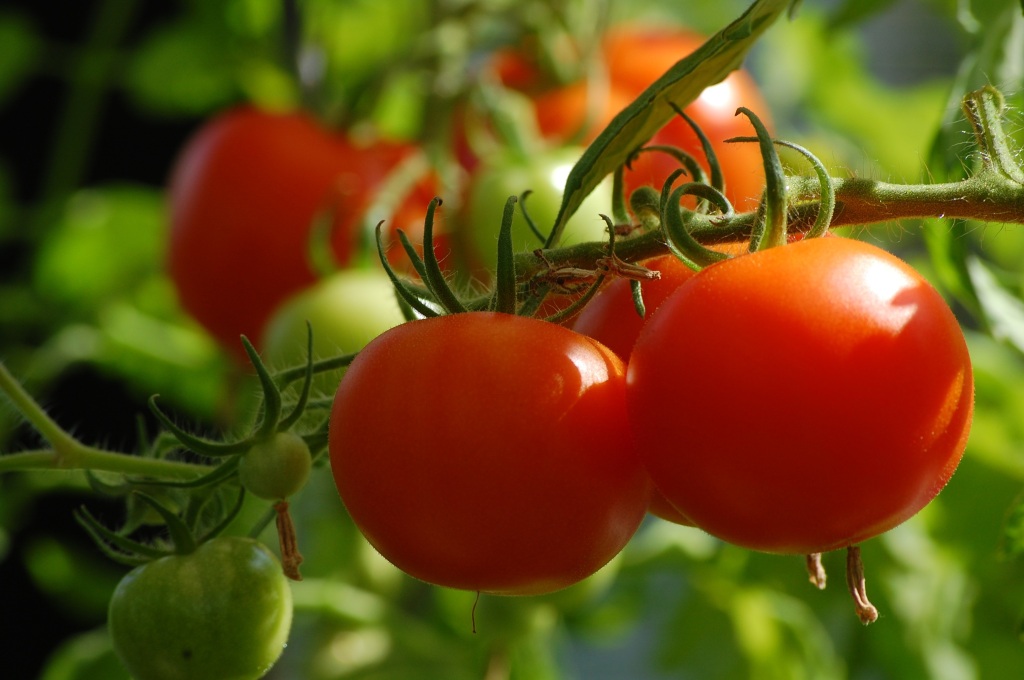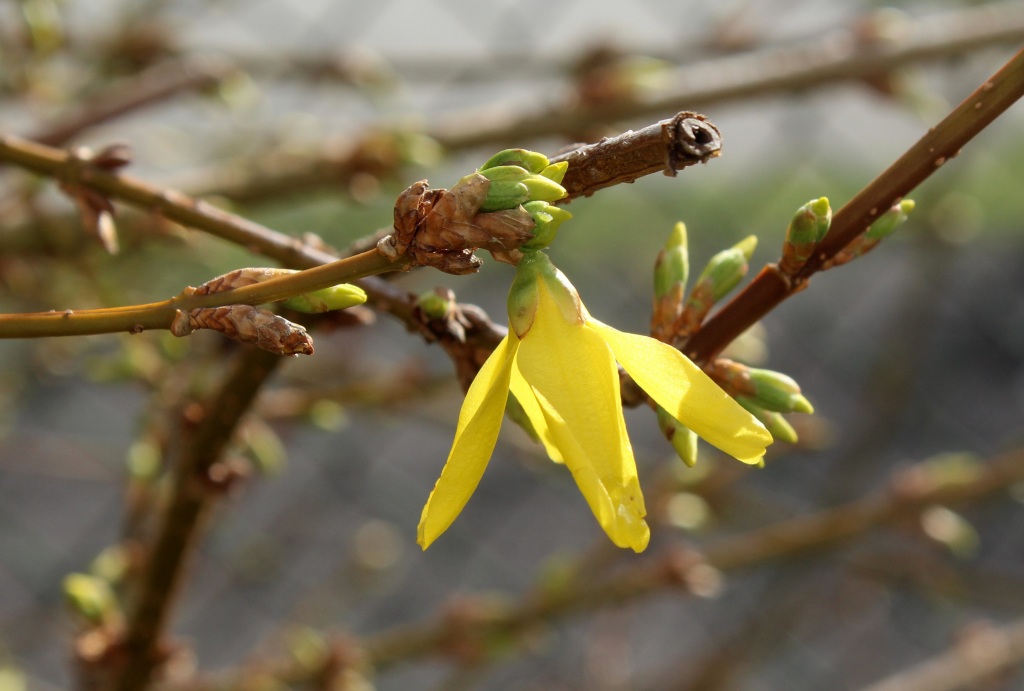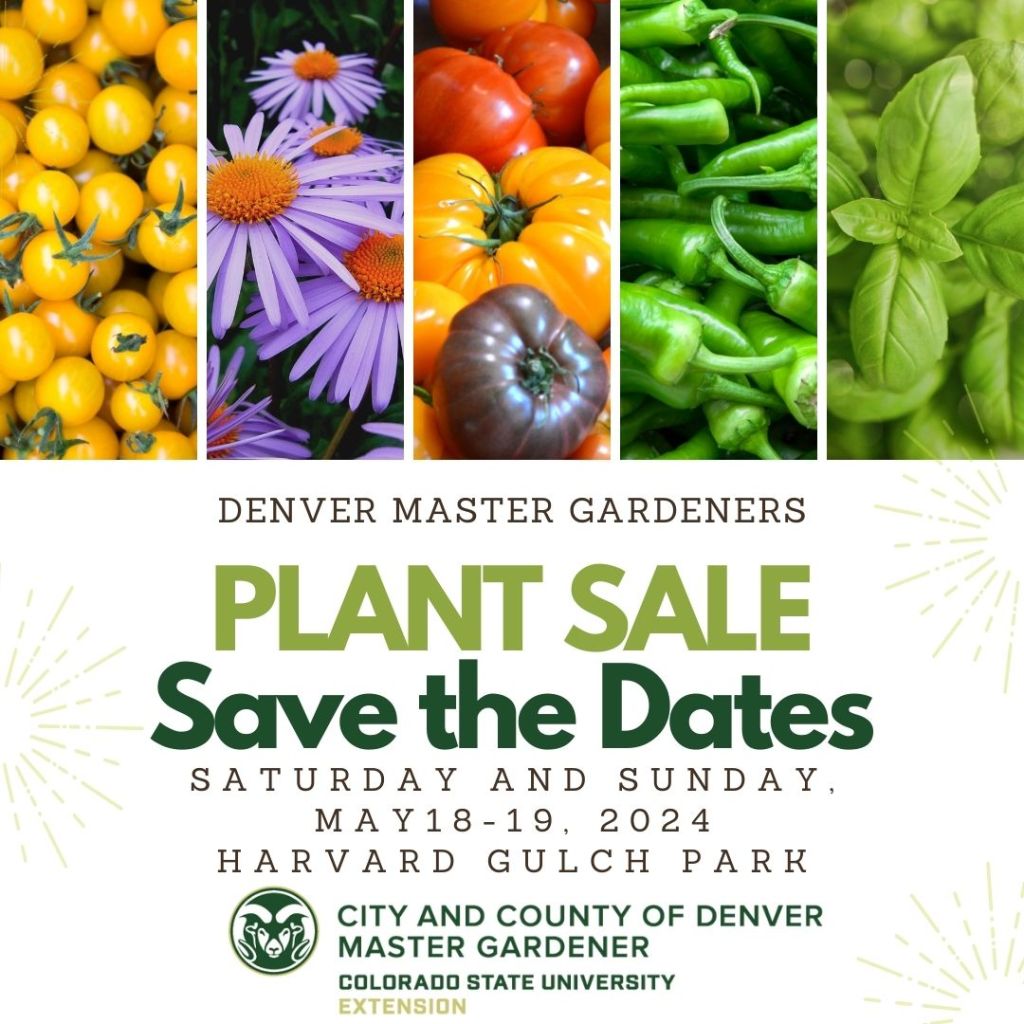By Valerie Podmore – CSU Extension-Denver Master Gardener since 2020

This is the month we’ve been waiting for! May is the best month for getting your plants from the Master Gardener Plant Sale on the 18th and 19th and planting them, with the caveat that anything can happen weather-wise, so be ready…remember 2 years ago?
Vegetable Garden
- This is the time to direct sow hardy, cool season vegetable seeds such as lettuce, kale, and spinach.
- Plant your (newly purchased!) veggies and herb plants when nighttime temperatures are consistently a minimum of 50 degrees, and make sure to protect them with cover when temps drop below 40 degrees. This includes tomatoes, peppers, and eggplants.
- Consider your planting location, i.e. Rotating your crops to prevent bacteria that might have infected plants last year from doing so again.
- Weeding is essential as much as possible, so let’s get on it!
Trees and Shrubs
- Just in case May ends up being sparse in the precipitation arena, don’t be afraid to bust out your hose and give your trees a good soaking, watering deeply once per week.
- This is also a good month to prune trees to remove any dead branches from needed but possibly damaging snowfall.
- Mulching is a great way of helping your tree retain water, just make sure to keep it between 3-4” deep and about 6” away from the trunks so it doesn’t hinder healthy root development and allows the plant to take up moisture.
- Prune summer blooming shrubs that bloom on new growth, such as roses before they begin to flower. Refrain from trimming shrubs that bloom on old growth such as lilacs until after they flower.
- This information sheet has great pruning information.
Lawn Care
- This is a great month to aerate the lawn to loosen up soil for better water absorption, as well as removing thatch (tight, brown, spongy, organic layer which can cause problems down the road in terms of lawn health) when it becomes too thick.
- After aerating is a wonderful time to overseed your lawn to regrow any bare spots which have developed over time.
- Watering is important for lawns as for other plants as this month heats up. Of course, if there’s rain or snow, hold off.
- Watering in the late evening or early morning helps retain more water as the weather tends to be cooler and more humid at these times.
- This is the month to treat your lawn for Japanese Beetle grubs. Use products like GrubGONE! which has been shown to do a great job of stopping this pest before it leaves your lawn and infests your plants.

Perennial / Annual Flower Beds
- Continue cleaning out the garden, including spent flowers and cutting back foliage to help perennial plants direct their energy to growing.
- Look at possible locations where plants might not have performed as well as desired and where you can fill in or move existing plants.
- Waiting until late May to plant annuals will give them a chance to survive any crazy cold spells, although there are many that will do well in cool weather, such as petunias and pansies.
- This is also a great time to plant summer blooming bulbs!
May is such a great gardening month, let’s take advantage it and grow, grow, grow!
Visit the CSU Extension Yard and Garden website (https://extension.colostate.edu/topic-areas/yard-garden) for more gardening tips.


























